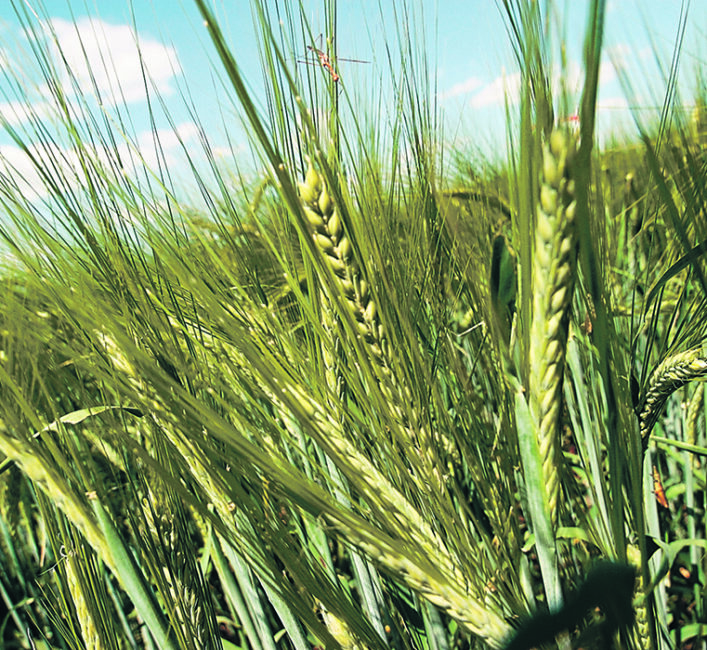Maltsters watch barley quality | The Western Producer

Maltsters are facing a double whammy in terms of supply constraints this year, says an industry official.
Not only is North American barley production way down, but there are serious quality issues as well.
“It’s going to be a tough year all around for producers and the malting industry alike,” said Peter Watts, managing director of the Canadian Malting Barley Technical Centre.
The average protein level in this year’s malting barley crop is north of 14 percent compared to the usual 11 to 12 percent range.
“We’re talking two percentage points or more higher on average,” said Watts.
“That’s a big difference for the malting industry.”
Brewers will be forced to work with high protein malt, which is less than ideal. It creates problems like low extract levels, haze formation in beer and reduced shelf life.
The CMBTC is working with high protein malting barley in the 14 to 16 percent range to see how the malting and brewing processes can be tweaked for better performance.
“We’ll work with our customers this year to make sure they can still use what’s available,” said Watts.
Rain in the third week of August caused chitting, or premature sprouting of barley in the swath. That product will be fine to process in the short-term, but it will lose germination over the long haul.
The bigger issue for customers will be actually finding malting barley.
Statistics Canada is forecasting 7.14 million tonnes of Canadian barley production in 2021, which would be one-third less than last year’s crop and the smallest harvest since 1968.
It is a similar scenario south of the border where the U.S. Department of Agriculture is forecasting 2.3 million tonnes of U.S. production, a 36 percent drop from the previous year.
Carryout from Canada’s 2020-21 crop is estimated at 711,000 tonnes, the lowest level on record.
The upshot is that Agriculture Canada is forecasting 2.05 million tonnes of Canadian exports, which would be less than half of last year’s 4.3 million tonnes.
Watts said about 650,000 tonnes of that will be processed malt barley with the remainder comprising malting barley and feed barley exports.
China is by far Canada’s top export market for malting barley. He said Canada won’t even be able to meet China’s core, inelastic demand of 600,000 to 700,000 tonnes of Canadian barley.
“They’re going to have to rely on other suppliers this year for the balance of their requirements,” said Watts.
The problem is that China is not taking any Australian barley these days because of a political spat between the two countries. That is too bad because Australia is expected to harvest 12.5 million tonnes, its third largest crop on record.
Watts said China will have to source barley from alternative suppliers such as France and Argentina or even use some of the feed barley it usually imports from Ukraine.
“In a situation like this year, maltsters are going to have to be creative,” he said.
“It’s going to be a tricky year for our customers in China.”
Grain companies will do their best to fulfil the malting and feed barley commitments they made to Chinese buyers in the spring.
“Anything over and above that, it’s going to be the highest bidder,” he said.
The U.S. typically buys around 100,000 tonnes of Canadian malting barley. This year it could be getting less than half of that amount and will be in a bidding war with China for those supplies.
Canadian maltsters will likely ship out 650,000 tonnes of malt barley, which is about 100,000 tonnes below normal. That will mainly go to customers in the U.S., Japan and Mexico.
“Prices will be very high, so that could curtail some demand,” said Watts.
Agriculture Canada is forecasting 5.05 million tonnes of feed demand from Canada’s livestock sector, which would be 24 percent below last year’s levels.
High prices will ration demand for the crop. There will also be increased competition from feed wheat as late-August rains led to downgrading of some of the crop in Western Canada.
U.S. corn will also provide stiff competition.
“We know that there has been corn sold into Western Canada already and it will probably start arriving in October,” he said.
Contact sean.pratt@producer.com
Source: producer.com

